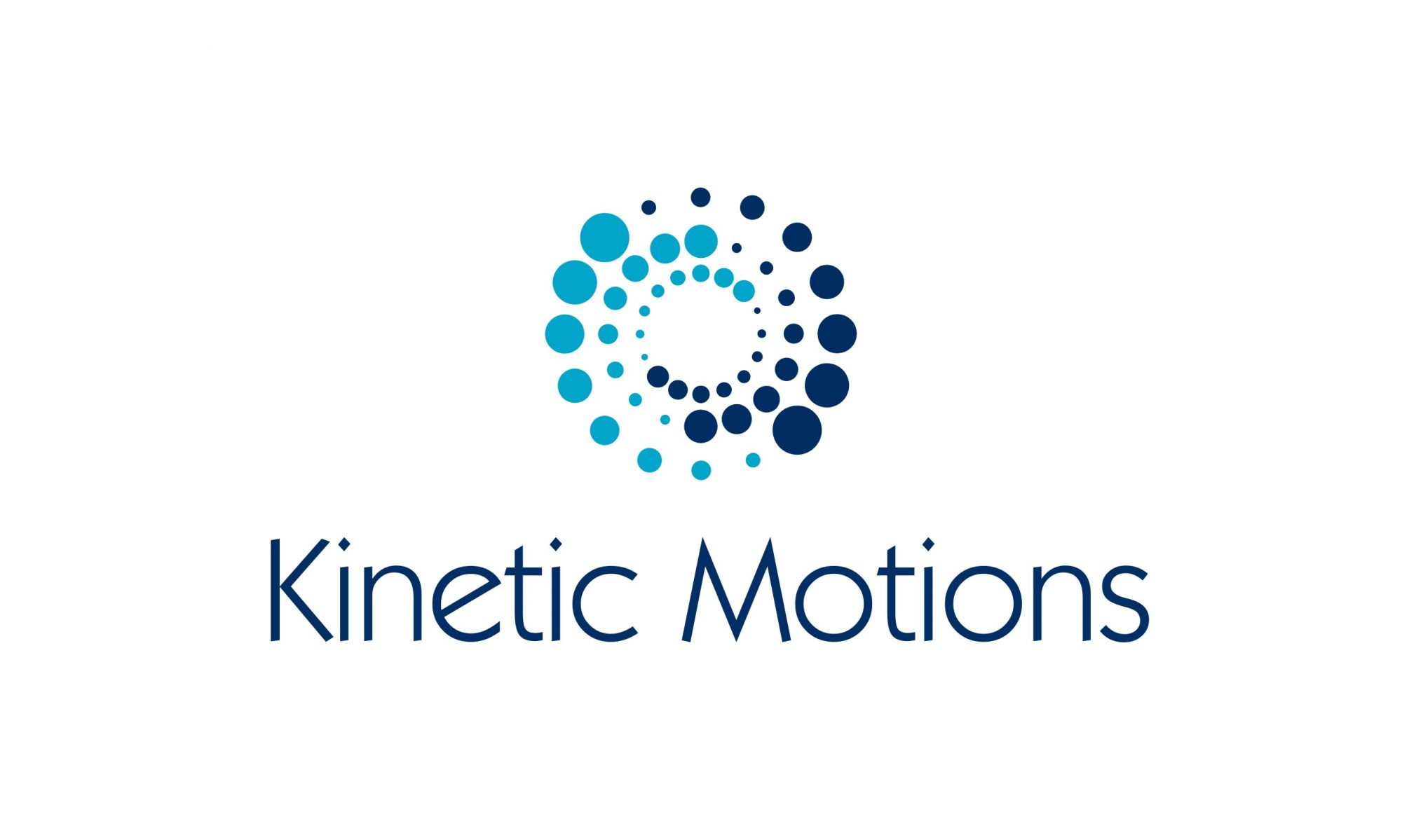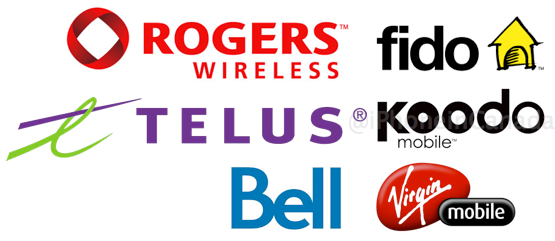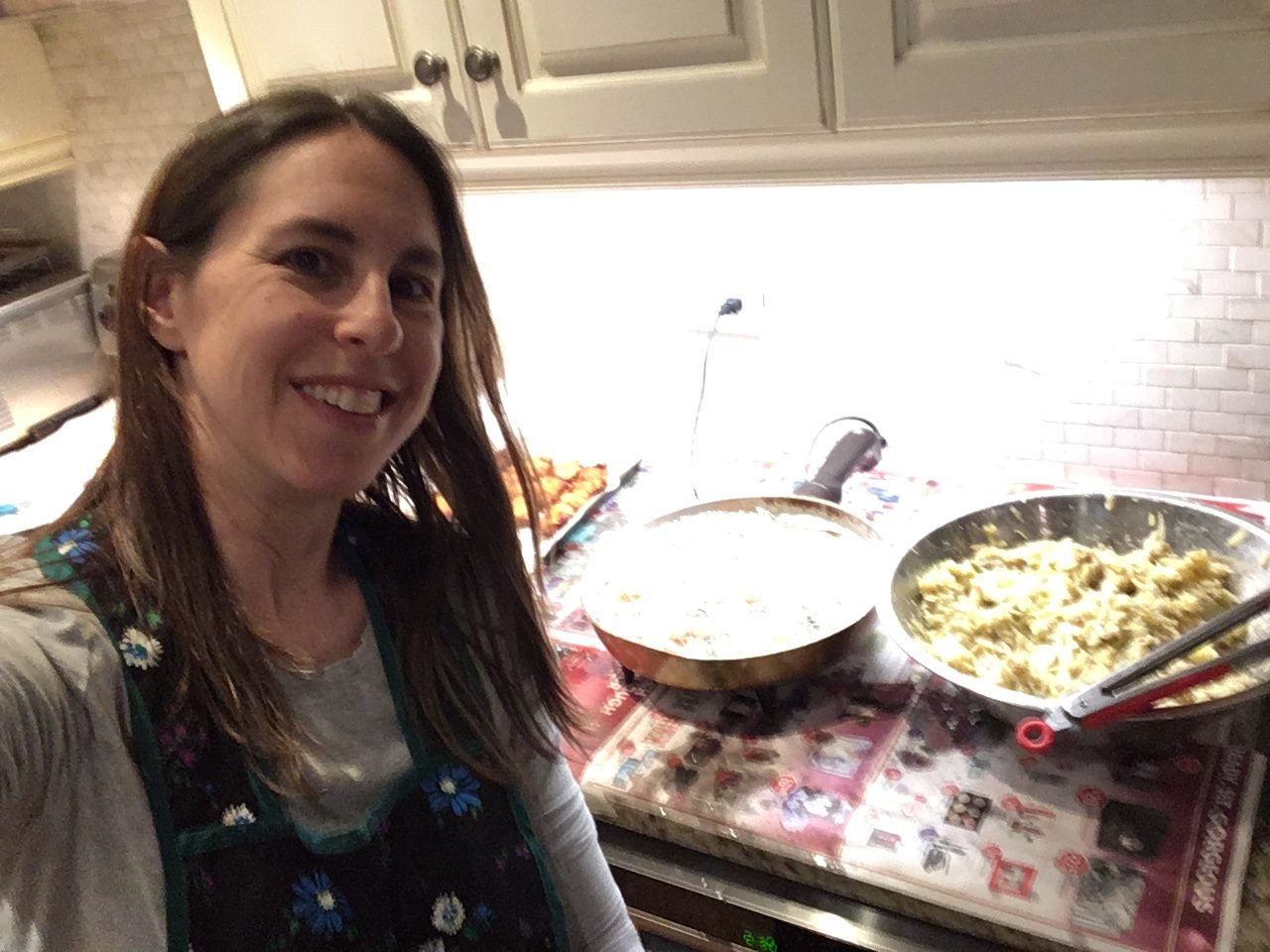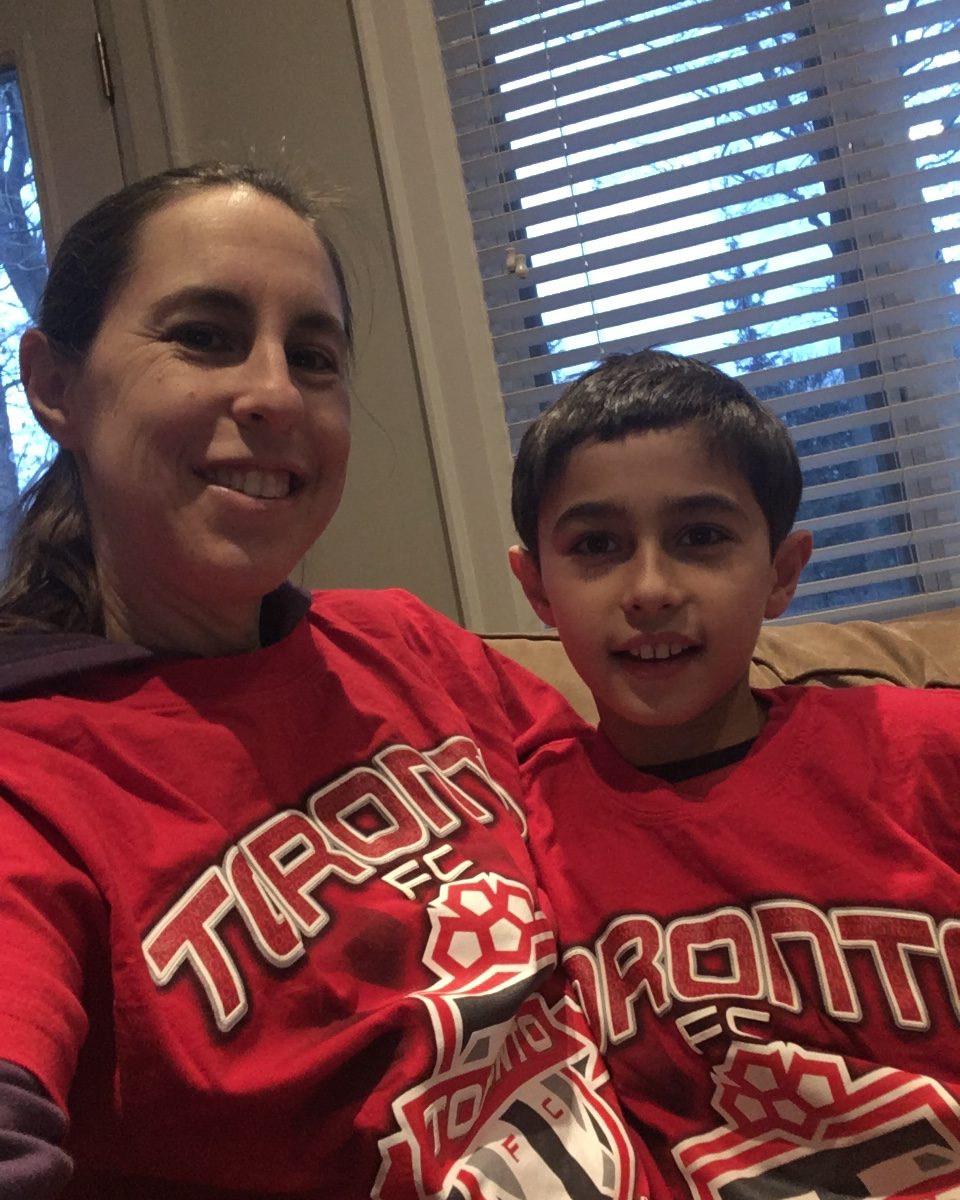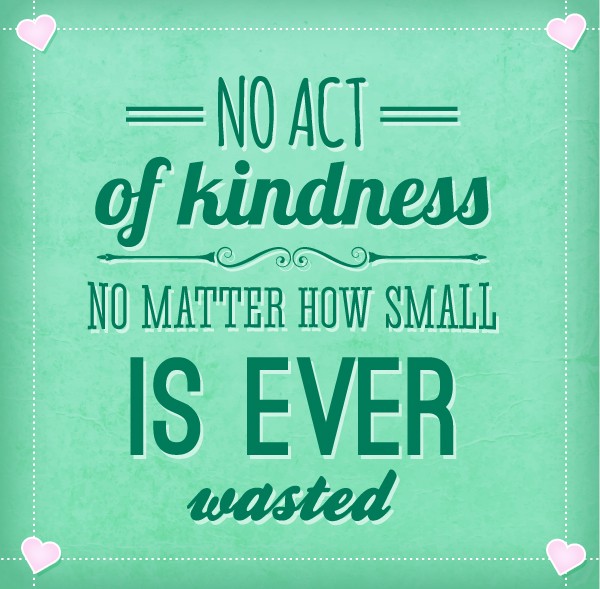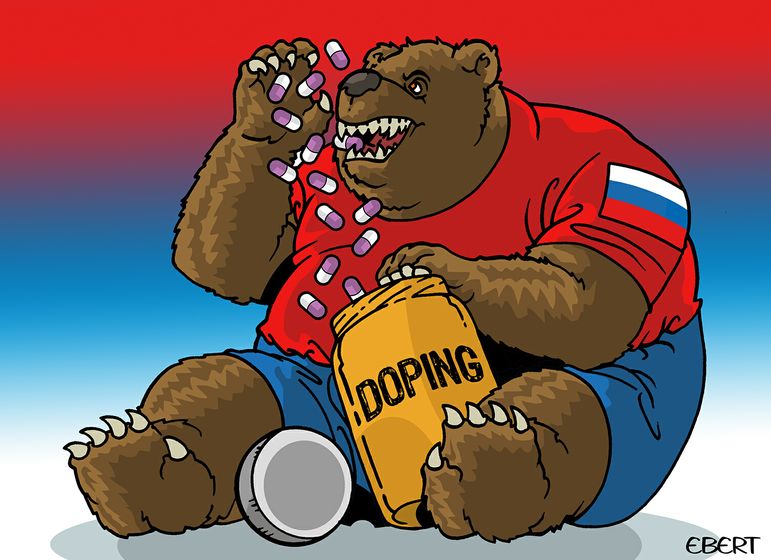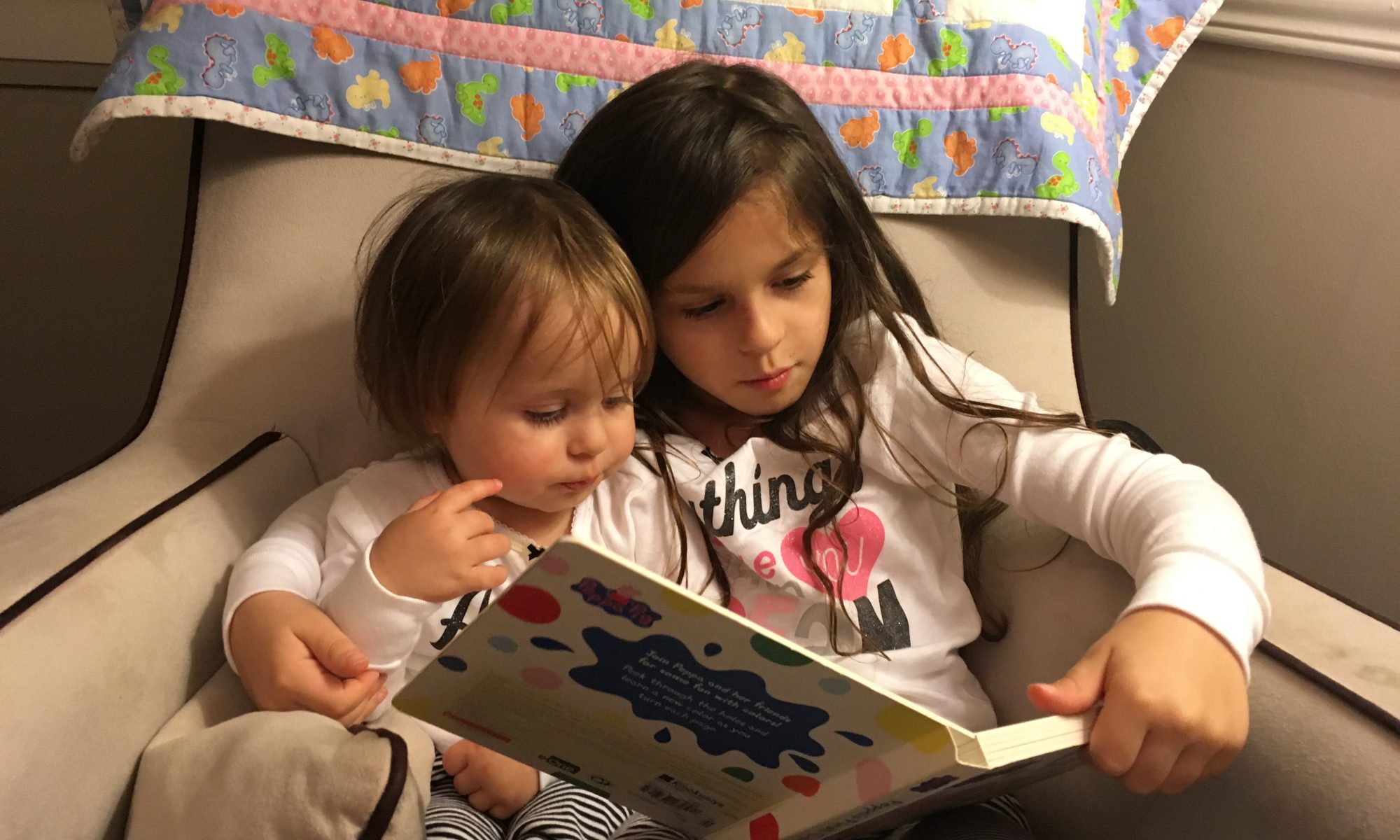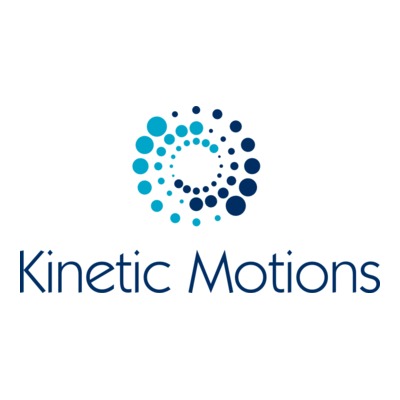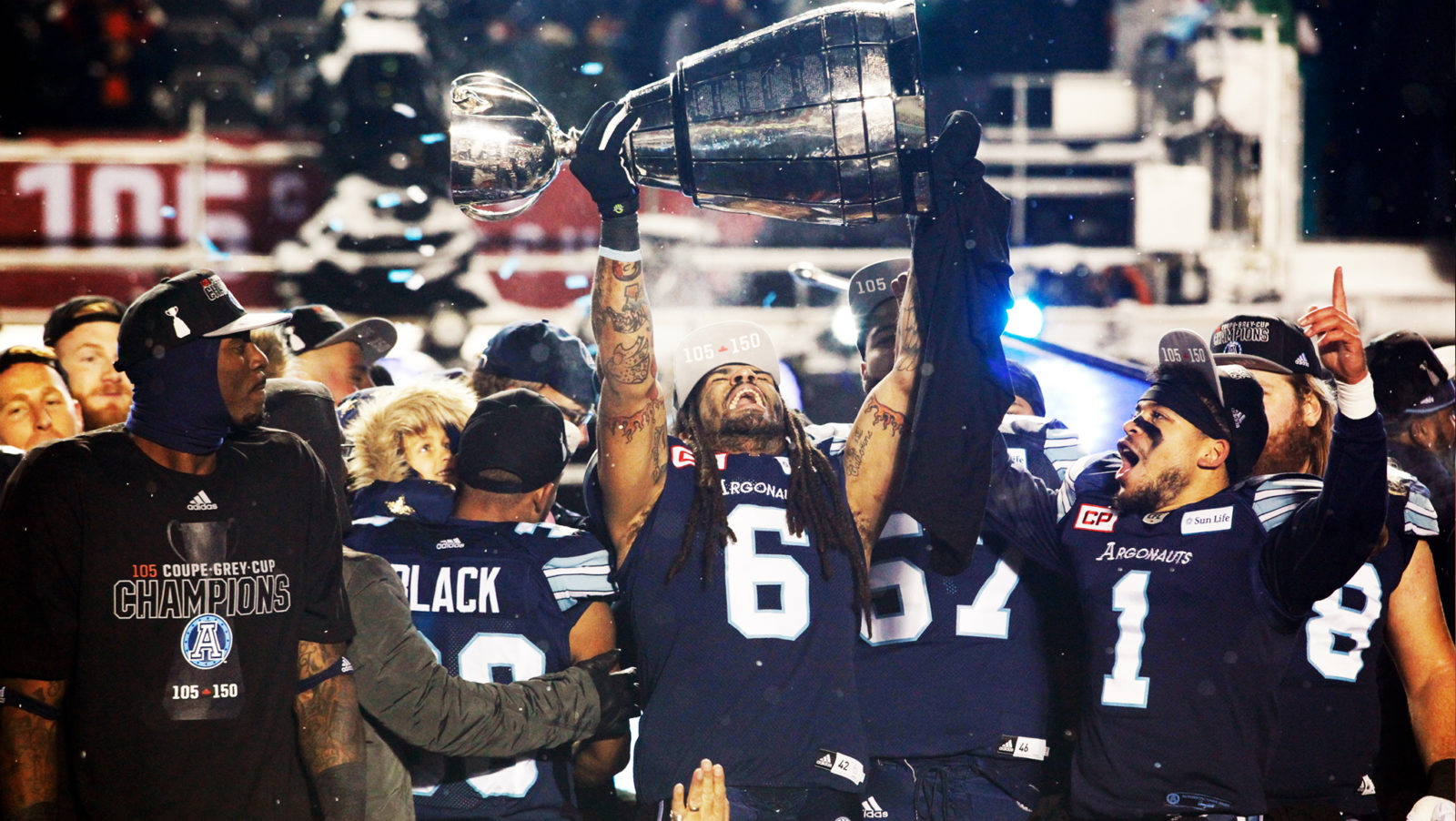I sat on hold on the phone for 45 minutes yesterday. That’s not bad. I figured I would be on hold for 60 minutes. And it took much longer to get up the nerve to pick up the phone and dial. It is stressful, bordering on traumatic, every time I need to call my telecommunications provider.
We live in an age and in a society in which we rely heavily on technology and the services that support this habit. Gone are the days when households paid for a telephone line and maybe some basic cable. Today’s major telecommunications companies in Canada, such as Rogers, Bell, Telus and Shaw, to name a few, began as single-service providers and grew into so much more.
A typical Canadian home, like mine, subscribes to many services, including a home phone, TV cable or satellite, internet and wireless. Many telecommunications companies also offer alarm monitoring, online sports packages or even magazine subscriptions. I personally don’t have all of these, few of us do, but I have many of them.
Telecommunications companies love lazy people like me. I can’t be bothered to have each service in my home from a different company, so I can play one off another and keep the price down. It’s just easier to choose one of them and maximize the value. They also love me because I like to subscribe to some premium levels of their services as I don’t have the time or energy to do much on my own.
For example, some people subscribe to basic cable, then they also have Netflix and/or other downloadable, web-based options like Hulu. Or some of them dumped cable altogether and exclusively get content from a mix of web-based subscriptions. It’s a bit more work to find what you want to watch in different ways. I just can’t be bothered. I stuck to my telecommunications provider’s “VIP Cable” option and get it in one place.
Eventually, I did drop my telecommunications provider’s home phone service. I was paying almost $50 per month for a phone line that was attached to my internet’s modem, and that was even too much for me. Thanks to my IT savvy brother, I switched to a fantastic option called Fongo that also is internet-based but only costs $5 per month. It’s not perfect, but it’s cheaper.
Not perfect. None of my services are perfect. The internet is often slow or doesn’t work at all. My kids love to watch the “on-demand” channels on TV, but so often get a message on the TV screen that says “service not available right now.”
And Canadians pay way too much for our wireless services. Why does data have to be so expensive? Why should I pay so much for so little?
Which brings me back to where I began. I sat on hold on the phone for 45 minutes yesterday. To get more data and more Canada-wide talk time, for less than I was paying before. And to get credit on my account for a massive internet outage in my home the previous month. I knew I had to make the call and felt my heart race as I dialed the toll-free number.
I upgraded my wireless services and got the full credit for the telecommunications company’s internet screw-up. But my bill is still too high and the service I receive is still not good enough.
But the call is over. Until next time.
*Note to my readers: My brother explained to me that one Canadian telecommunications company put out an incredible wireless deal recently, and with tremendous pressure all their competitors followed suit. I just switched to a wireless plan that gives me (yes, just my mobile device) 10 GB of data and unlimited Canada wide calling, for just $60 per month. There’s always the famous asterisk online, so read all the details if you want to get this deal too. But this deal, or at least the specific one I got, expires TODAY. So if you want it, do it now!
